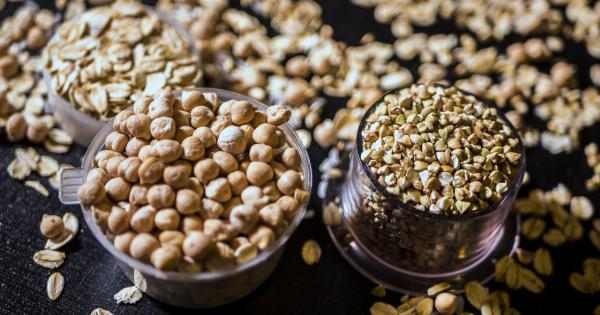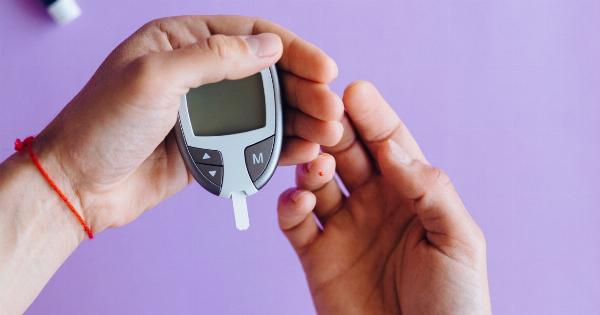Diabetes is a chronic medical condition that affects millions of people worldwide. It occurs when the body is unable to effectively regulate blood sugar levels, leading to various complications over time.
While the connection between diabetes and heart disease, kidney problems, and vision issues is well-known, many may not realize that type 2 diabetes can also impact the joints. In this article, we will explore some symptoms of type 2 diabetes in the joints that you should not ignore.
1. Joint Pain and Stiffness
One of the common symptoms experienced by individuals with type 2 diabetes is joint pain and stiffness. Many people often mistake these symptoms as a normal part of aging or unrelated musculoskeletal issues.
However, unexplained joint pain and stiffness that persist should raise concerns and prompt further investigation.
2. Reduced Range of Motion.
In addition to pain and stiffness, type 2 diabetes can also lead to a reduced range of motion in the affected joints. This limitation can hinder daily activities and affect the overall quality of life.
If you notice a gradual decrease in your ability to move a joint as freely as before, it is advisable to consult with a healthcare professional.
3. Swelling and Inflammation
Swelling and inflammation in the joints can also be an indication of type 2 diabetes. The excess sugar in the bloodstream can cause damage to the blood vessels and lead to inflammation in the joints.
This inflammation can result in redness, warmth, and swelling in the affected areas.
4. Joint Deformation
In advanced cases of type 2 diabetes, chronic inflammation and damage to the joints can cause deformities. The joints may become misaligned or change shape, leading to difficulty in movement and increased pain.
Regular monitoring and early intervention can help prevent or slow down such joint deformities.
5. Increased Risk of Osteoarthritis
People with type 2 diabetes have an increased risk of developing osteoarthritis, a common joint disorder characterized by the breakdown of cartilage.
The excess weight often associated with diabetes can contribute to the development of osteoarthritis in weight-bearing joints, such as knees and hips. Understanding this increased risk can prompt individuals to take preventive measures and manage their diabetes effectively.
6. Neuropathy-Related Joint Issues
Diabetic neuropathy, a condition that affects the nervous system in individuals with diabetes, can also contribute to joint problems.
Nerve damage can lead to a loss of sensation in the affected area, making it difficult to identify injuries, excessive pressure, or joint stress. Over time, this can cause an increased risk of joint damage or delayed healing.
7. Charcot Joint
A rare but severe complication of type 2 diabetes affecting the joints is known as Charcot joint. It is characterized by the destruction and deformation of weight-bearing joints, particularly in the feet.
Charcot joint requires immediate medical attention as it can lead to significant disability if left untreated.
8. Impact of Diabetes Medications
Some medications used to manage type 2 diabetes can have side effects that affect joint health. For example, certain diabetes medications may cause joint pain or increase the risk of fractures.
It is crucial to be aware of the potential side effects of the prescribed medications and discuss any concerns with your healthcare provider.
9. Importance of Diabetes Management
Proper management of type 2 diabetes is essential not only for maintaining optimal blood sugar levels but also for preventing and managing complications that can affect the joints.
Adhering to a healthy diet, engaging in regular physical activity, and taking prescribed medications as directed can significantly reduce the risk of joint-related issues.
10. Seeking Medical Advice
If you experience any of the mentioned symptoms or suspect that you may have type 2 diabetes affecting your joints, it is crucial to seek medical advice promptly.
A healthcare professional can assess your symptoms, conduct appropriate diagnostic tests, and develop a tailored treatment plan to manage your diabetes and alleviate joint-related concerns.
Overall, it is important not to ignore the symptoms of type 2 diabetes affecting the joints.
By recognizing the potential impact of diabetes on joint health and seeking timely medical care, individuals can effectively manage their condition and prevent long-term complications. Remember, early intervention is key to maintaining good joint health and overall well-being.






























